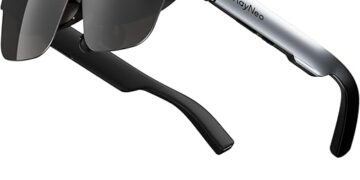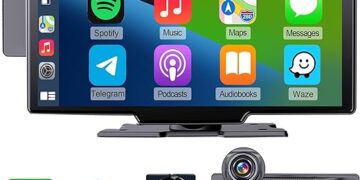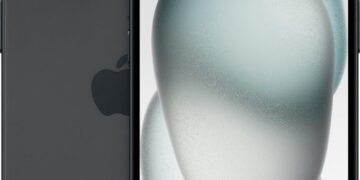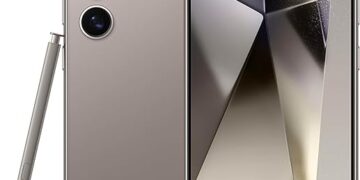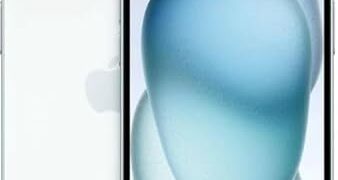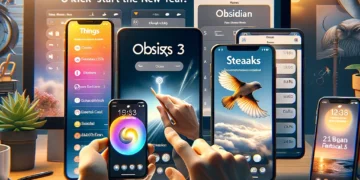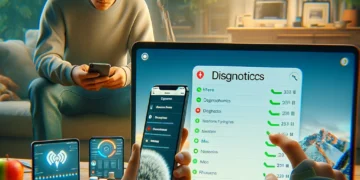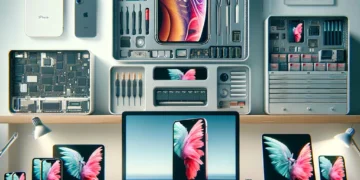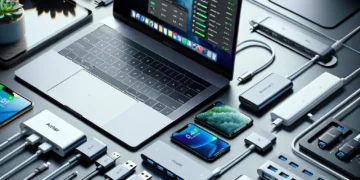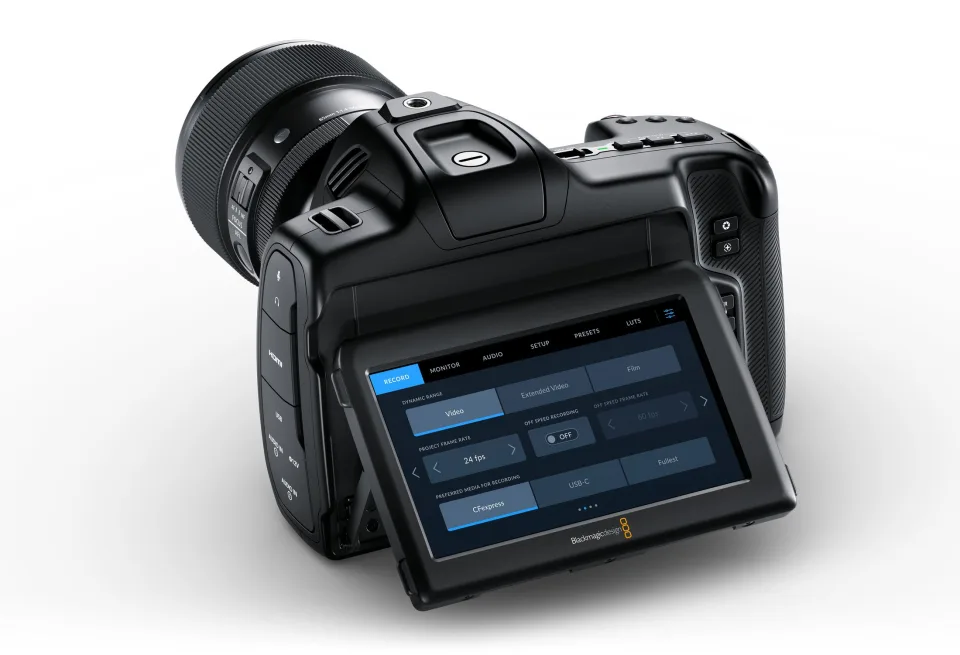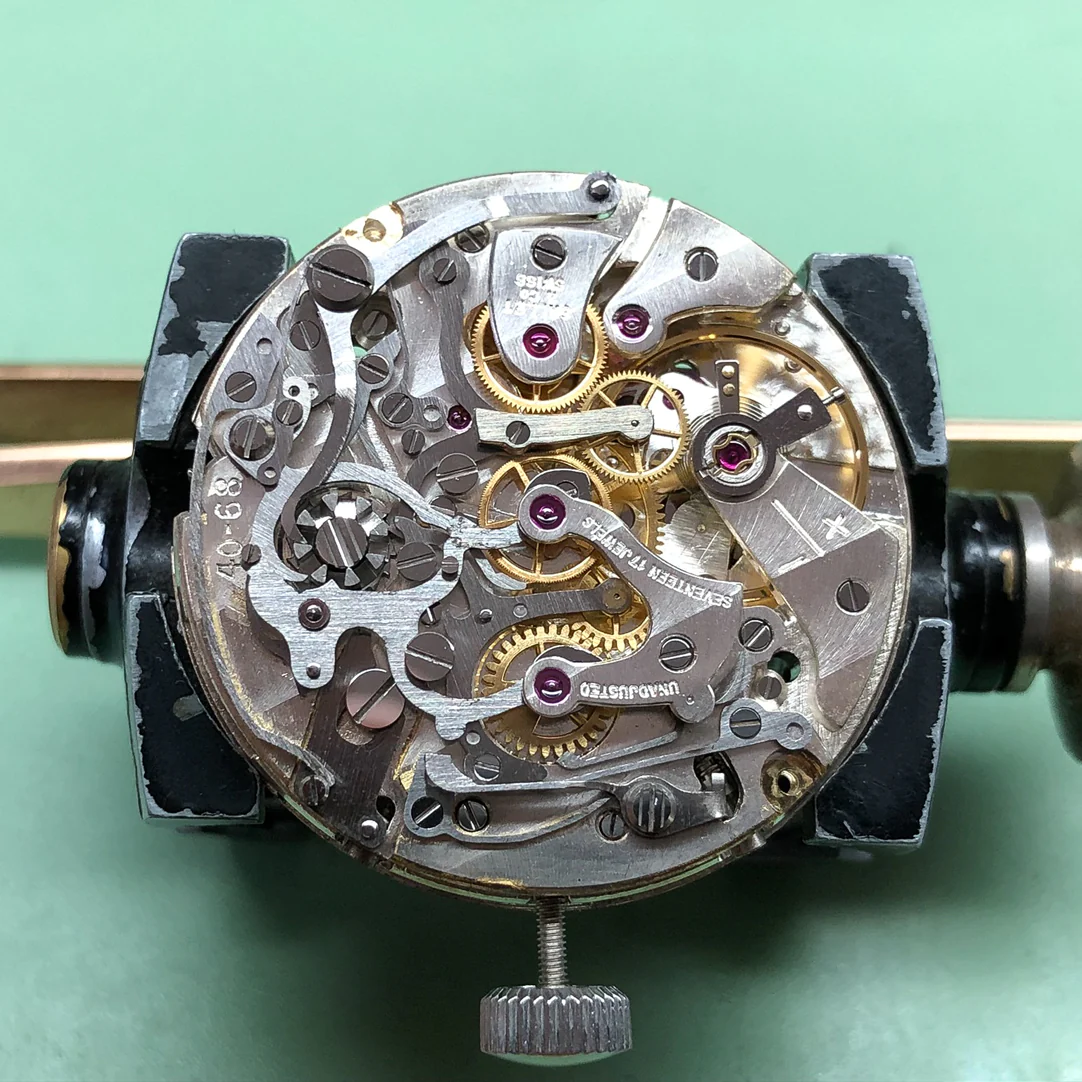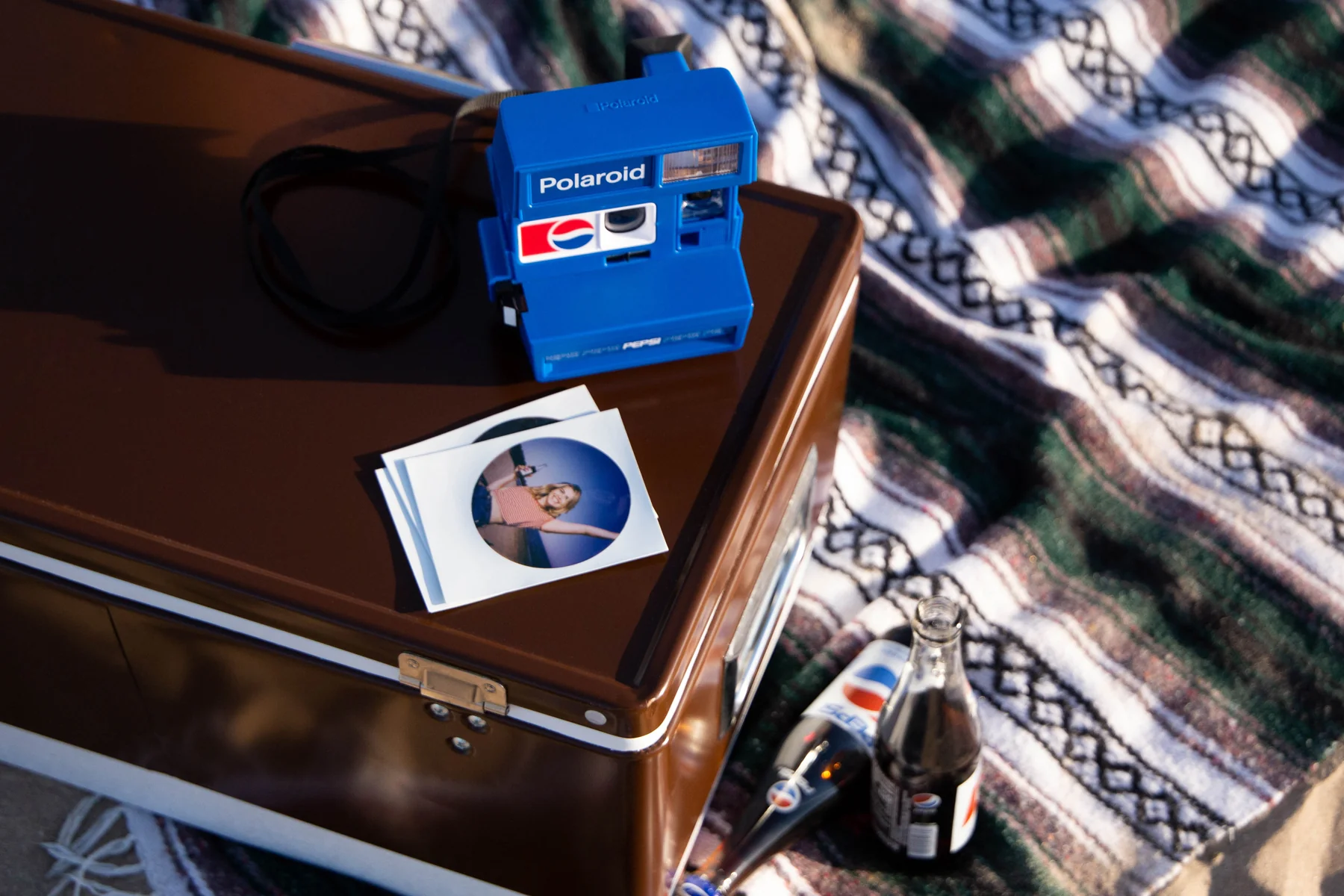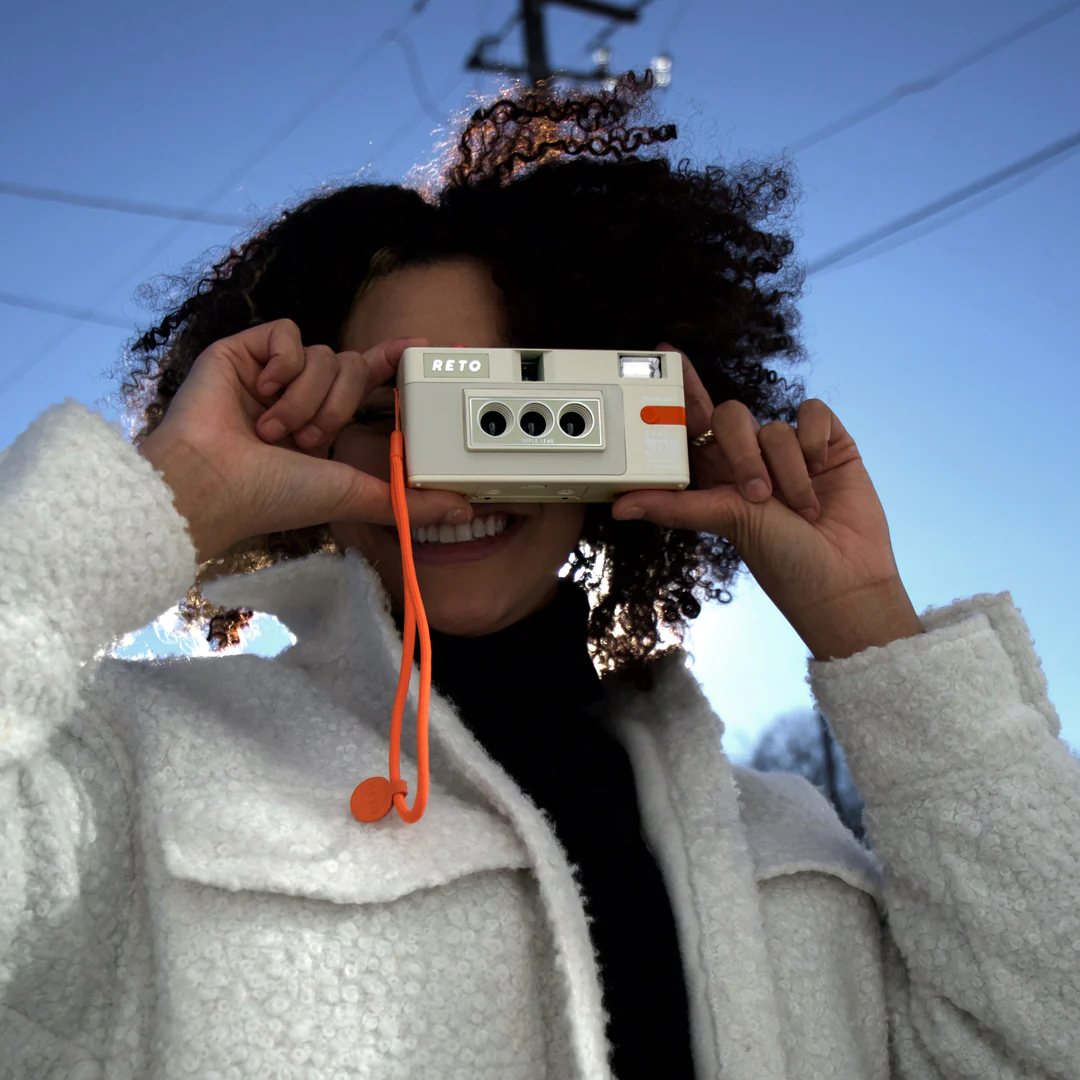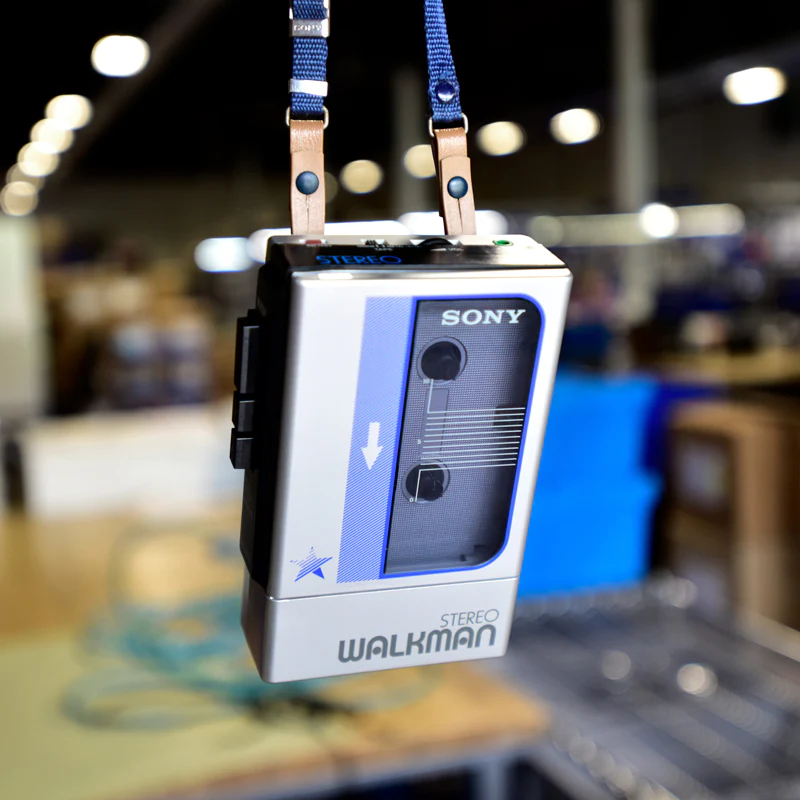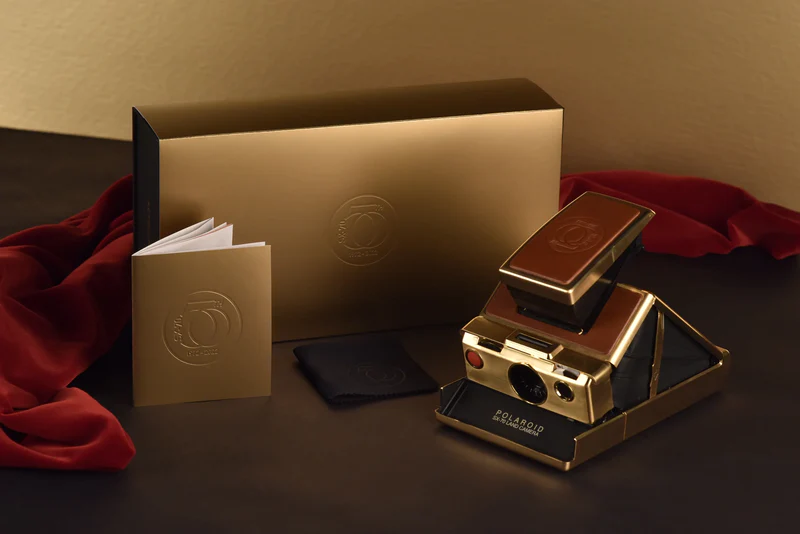So, you’re wondering whether Apple will finally take the leap and introduce AR smart glasses? Well, grab your imaginary goggles and let’s dive into the current state of affairs—and no, we’re not just talking about strapping a mini-TV to your face (looking at you, Vision Pro).
The Vision Pro Dilemma Let’s start with the elephant—or rather, the headset—in the room: Apple’s Vision Pro. When it launched, there was a lot of hype. And why wouldn’t there be? The Vision Pro promised an augmented reality (AR) experience so immersive that you could almost feel the flapping wings of virtual butterflies. But, as the novelty wore off, reality hit like a rogue ping-pong ball. At $3,500, it’s an expensive gadget to wear uncomfortably for only two hours at a time. Between the nausea-inducing videos and the isolated experience (sorry, cat lovers), the Vision Pro left a lot of people unimpressed after their first few demos
Apple’s Vision Pro didn’t become the household name Apple hoped for. With its bulk and price tag, it was clear the Vision Pro wasn’t designed for everyday use. Sure, some professionals and content creators found uses for it, but for regular folk like you and me? Watching movies alone in a headset can’t compete with binge-watching on a regular ol’ TV. It became apparent that if Apple wants to win the AR race, they’d need something much sleeker and less like a piece of high-tech scuba gear.
The Dream of AR Smart Glasses Now, onto the real question: what about Apple’s AR smart glasses? Ah yes, the whispered legend of the tech world! Apple’s been dreaming of lightweight AR glasses for years. Think less “heavy sci-fi helmet” and more “sleek specs you could wear to your favorite coffee shop without scaring the barista.”
Apple’s CEO, Tim Cook, has long expressed his fascination with AR, claiming it to be a “big and profound” technology
Apple’s goal has always been to create something lightweight, something you’d actually want to wear in public without feeling like a futuristic cosplayer. Yet, as promising as this all sounds, Apple’s facing some serious technical hurdles. The necessary advancements in hardware miniaturization and chip efficiency just aren’t quite there yet. Essentially, they need to make AR tech that doesn’t feel like you’re carrying a brick on your nose.
Rumors suggest that Apple has hit the pause button on serious development for now, with predictions pointing to 2026 or 2027 as the earliest possible launch
But don’t hold your breath—tech delays are as common as Siri misunderstandings.
Meta’s Orion: A Sneak Peek at the Competition While Apple plays the long game, Meta (formerly Facebook) has been busy tinkering with its own AR glasses, codenamed “Orion.” Unlike Apple’s bulky Vision Pro, Orion is designed to look like regular glasses (kind of) but it’s not ready for primetime yet either. It still requires a wristband for control and a puck for computation—a far cry from being the standalone AR glasses of your sci-fi dreams
However, Meta’s experiments give a glimpse of the hurdles both companies face in bringing truly wearable, functional AR glasses to market.
So, What Can We Expect from Apple? While Apple’s lightweight AR glasses seem a bit far off, they’re not out of reach. Reports suggest Apple is working towards this goal by learning from the Vision Pro’s pitfalls. There’s speculation that future models could be simplified to work alongside iPhones or Macs to reduce costs and size
Until then, however, we’re probably stuck in the world of clunky headsets and limited use cases.
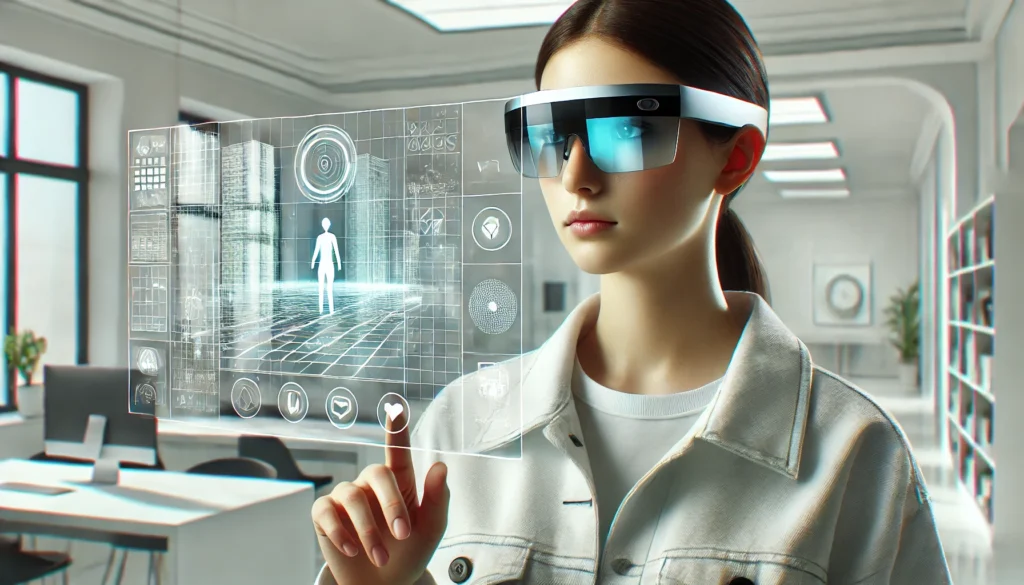
There’s also been talk of Apple exploring other wearables like speaker-equipped sunglasses, similar to Meta’s Ray-Ban AI glasses. While this wouldn’t be full-blown AR, it could serve as a stepping stone while Apple perfects its AR tech.
The Bottom Line Apple’s AR smart glasses remain a tantalizing “maybe” for the next few years. Will they eventually arrive? Most likely, yes. But unless you’re willing to wait until at least 2026 (and possibly beyond), you’re better off sticking to your regular eyewear for now. In the meantime, the Vision Pro can keep the dream alive… for two hours at a time, at least.
So, until the day you can put on a pair of sleek Apple AR glasses to read this article in 3D, we’ll have to wait and see how the tech giants race to shrink AR into something we’d actually want to wear outside.


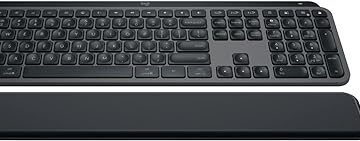







![Apple Watch SE (2nd Gen) [GPS 40mm] Smartwatch with Starlight Aluminum Case with Starlight Sport Band S/M. Fitness & Sleep Tracker, Crash Detection, Heart Rate Monitor](https://www.tech-bit.com/wp-content/uploads/2024/06/applewatchse2ndgengps40mmsmartwatchwithstarlightaluminumcase-360x180.jpg)
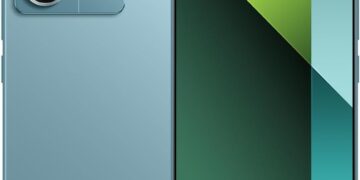

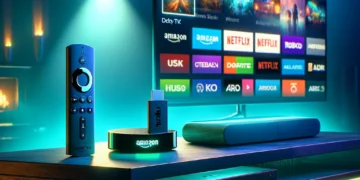

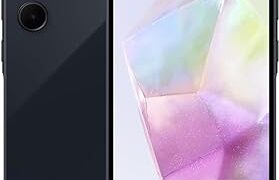
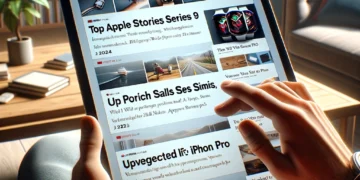
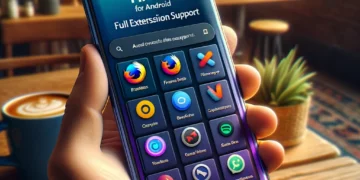


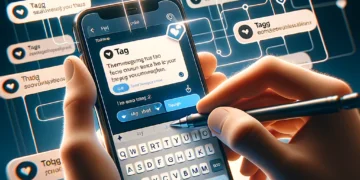

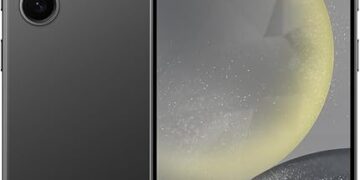

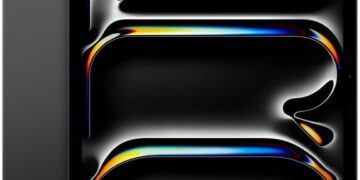
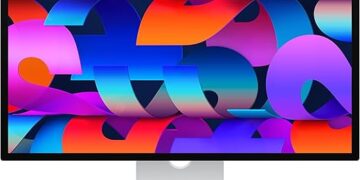
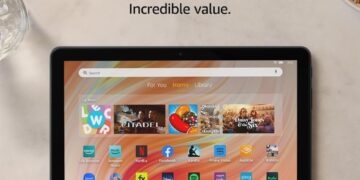
![Apple Watch Series 9 [GPS 45mm] Smartwatch with Midnight Aluminum Case with Midnight Sport Band S/M. Fitness Tracker, ECG Apps, Always-On Retina Display, Water Resistant](https://www.tech-bit.com/wp-content/uploads/2024/06/applewatchseries9gps45mmsmartwatchwithmidnightaluminumcasewith-360x180.jpg)

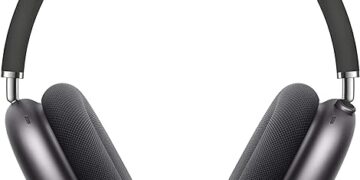
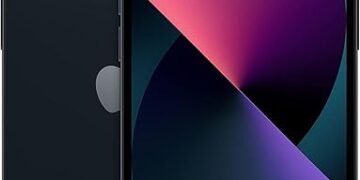
![Apple Watch Ultra 2 [GPS + Cellular 49mm] Smartwatch, Sport Watch with Rugged Black Titanium Case with Black Ocean Band. Fitness Tracker, Precision GPS, Action Button, Extra-Long Battery Life](https://www.tech-bit.com/wp-content/uploads/2024/10/applewatchultra2gpscellular49mmsmartwatchsportwatchwithrugged-360x180.jpg)

